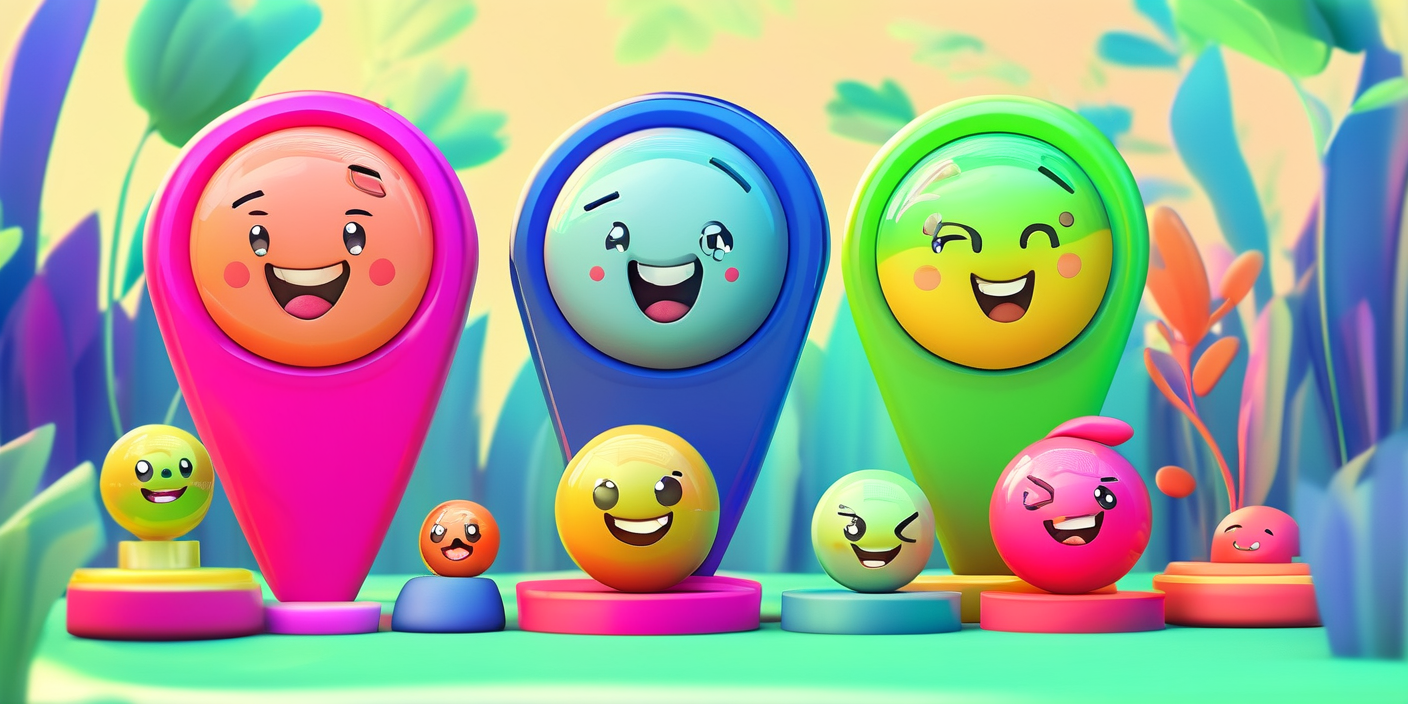Introduction: Decoding the Hues of Your Mood Ring
Mood rings, those captivating pieces of jewelry that shift color seemingly in response to your emotions, have captivated people for decades. Their mesmerizing color changes have fueled curiosity and sparked countless conversations. But what do these color shifts actually mean? Are they a genuine reflection of your inner emotional landscape, or is there a more scientific explanation behind their fluctuating hues? This comprehensive guide delves into the world of mood rings, exploring the various color interpretations and the fascinating science (or pseudoscience) behind their captivating transformations.
How Mood Rings Work: The Science Behind the Shift
Contrary to popular belief, mood rings don’t actually detect your emotions directly. Instead, they react to changes in your body temperature. The magic lies within a tiny capsule embedded within the ring, typically containing liquid crystals or thermochromic pigments. These substances are incredibly sensitive to temperature fluctuations. As your skin temperature changes – even slightly – the liquid crystals rearrange their molecular structure, resulting in a visible color shift.
Thermochromic Pigments: The Key Players
Thermochromic pigments are the heart of a mood ring’s color-changing ability. These special pigments change color in response to temperature variations. The specific temperature ranges and resulting colors vary depending on the chemical composition of the pigments used in the manufacturing process. This explains why different mood rings might exhibit slightly different color palettes and transitions.
The Color Spectrum and Their Interpretations: A Detailed Guide
While the connection between mood ring colors and specific emotions is largely subjective and not scientifically proven, certain color associations have become widely accepted. It’s crucial to remember that these are general interpretations, and individual experiences may vary.
Black: Stress and Tension
A black or very dark color on your mood ring is often associated with feelings of stress, tension, or anxiety. This might be due to a slight drop in skin temperature caused by these negative emotions, although the correlation isn’t definitively established.
Dark Blue: Calm and Contentment
Darker shades of blue, often bordering on black, are frequently linked to a state of calm, contentment, and relaxation. This suggests a relatively stable and slightly cooler skin temperature.
Blue: Tranquility and Peace
A lighter blue hue often indicates a sense of tranquility, peacefulness, and emotional balance. This is associated with a slightly warmer skin temperature than the darker blues.
Green: Balance and Harmony
Green is often interpreted as a sign of emotional balance and harmony. This color typically appears at a relatively neutral skin temperature.
Yellow-Green: Excitement and Energy
A yellow-green shade might suggest feelings of excitement, energy, and optimism. A slight increase in skin temperature could cause this color change.
Yellow: Happiness and Joy
Yellow is widely associated with happiness, joy, and positive emotions. This often corresponds to a warmer skin temperature.
Orange: Enthusiasm and Passion
Orange signifies enthusiasm, passion, and excitement. This color usually appears at a warmer skin temperature than yellow.
Red: Anger, Excitement, or Intense Emotion
Red is often interpreted as indicating anger, intense excitement, or strong emotions in general. This is generally associated with a significant increase in skin temperature.
Purple: Confusion or Uncertainty
Purple, particularly shades that verge on lavender, is sometimes associated with confusion, uncertainty, or a mixed bag of emotions. The temperature at which purple appears can vary depending on the ring’s design.
Brown: Fatigue or Exhaustion
Brown often indicates feelings of fatigue, exhaustion, or low energy. This might be due to a slight decrease in skin temperature associated with tiredness.
Factors Affecting Mood Ring Color Changes: Beyond Emotions
While mood rings are marketed as indicators of emotional states, several external factors can significantly influence their color readings. Understanding these factors is crucial for accurate interpretation (or lack thereof):
Environmental Temperature: The Great Equalizer
A significant change in ambient temperature can directly affect your skin temperature, leading to shifts in the mood ring’s color even without any emotional changes. A cold room might cause the ring to display cooler colors, while a warm environment could result in warmer hues.
Physical Activity: The Heat Factor
Exercise elevates your body temperature, potentially causing the mood ring to register warmer colors regardless of your emotional state. This is particularly important to consider if you’ve been physically active before checking your ring’s color.
Illness and Medication: Unforeseen Influences
Illness and certain medications can also affect your body temperature, leading to unpredictable color changes on your mood ring. This makes it impossible to rely on the ring as an accurate gauge of emotions during these times.
Individual Variations: The Human Factor
Everyone’s body temperature fluctuates differently. What might cause a red hue on one person’s mood ring might only register as yellow or orange on another’s. This individual variation further complicates any attempt at precise emotional correlation.
Final Thoughts: The Allure of the Mood Ring
Mood rings are fun accessories with a fascinating, if not entirely accurate, mechanism. While they don’t offer a scientifically validated window into your emotional state, they serve as a playful conversation starter and a reminder of the ever-changing nature of human experience. Understanding the science behind their color changes allows us to appreciate their appeal beyond the sometimes-misleading interpretations of emotional states.

